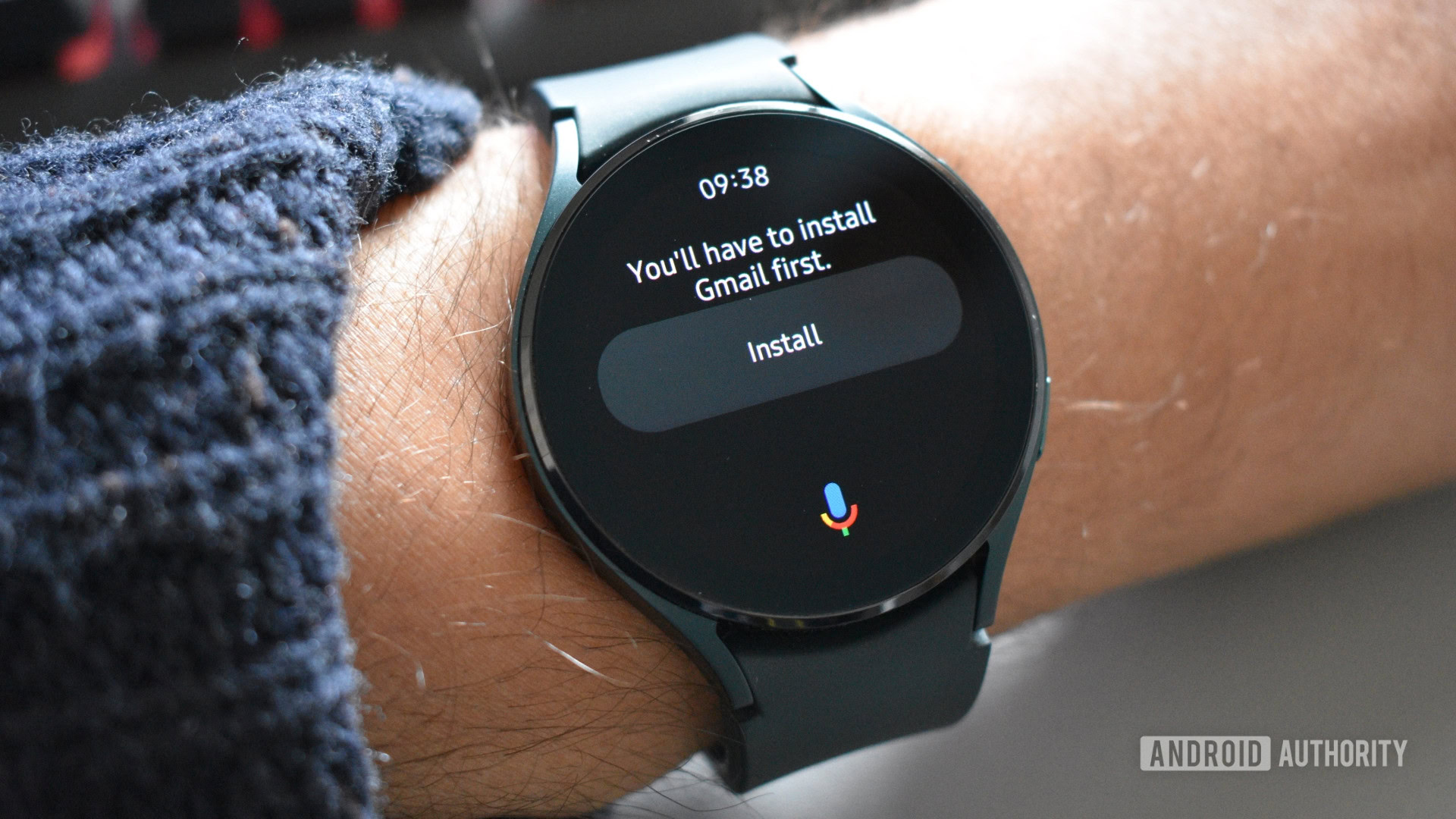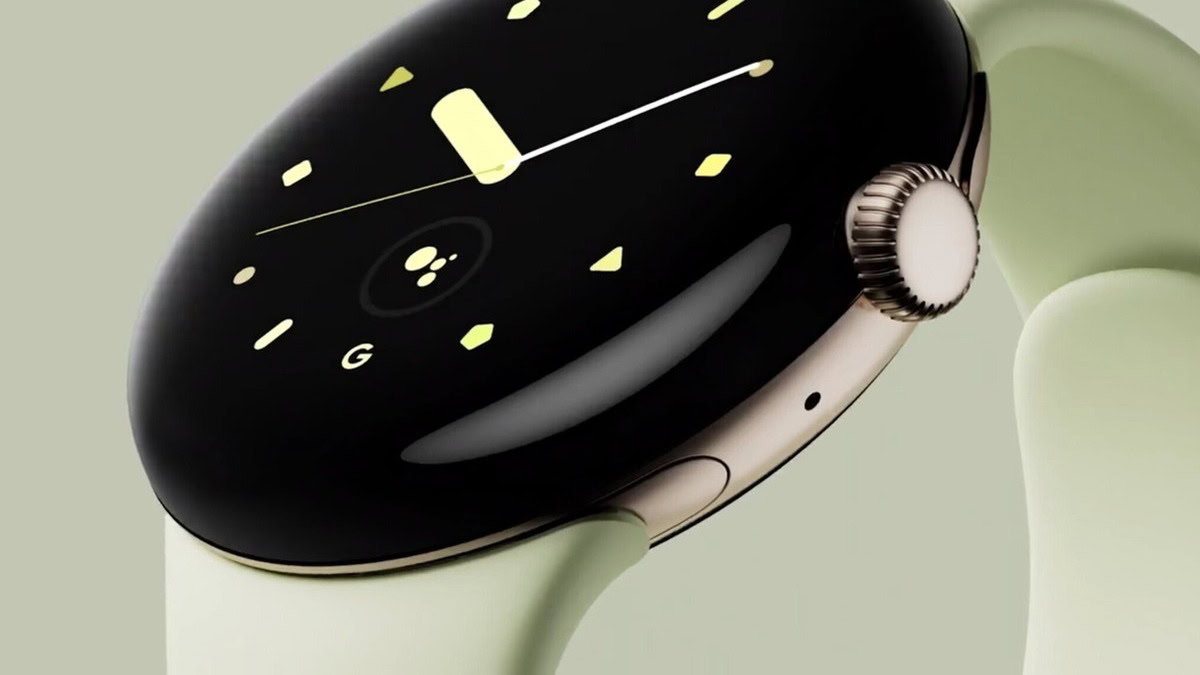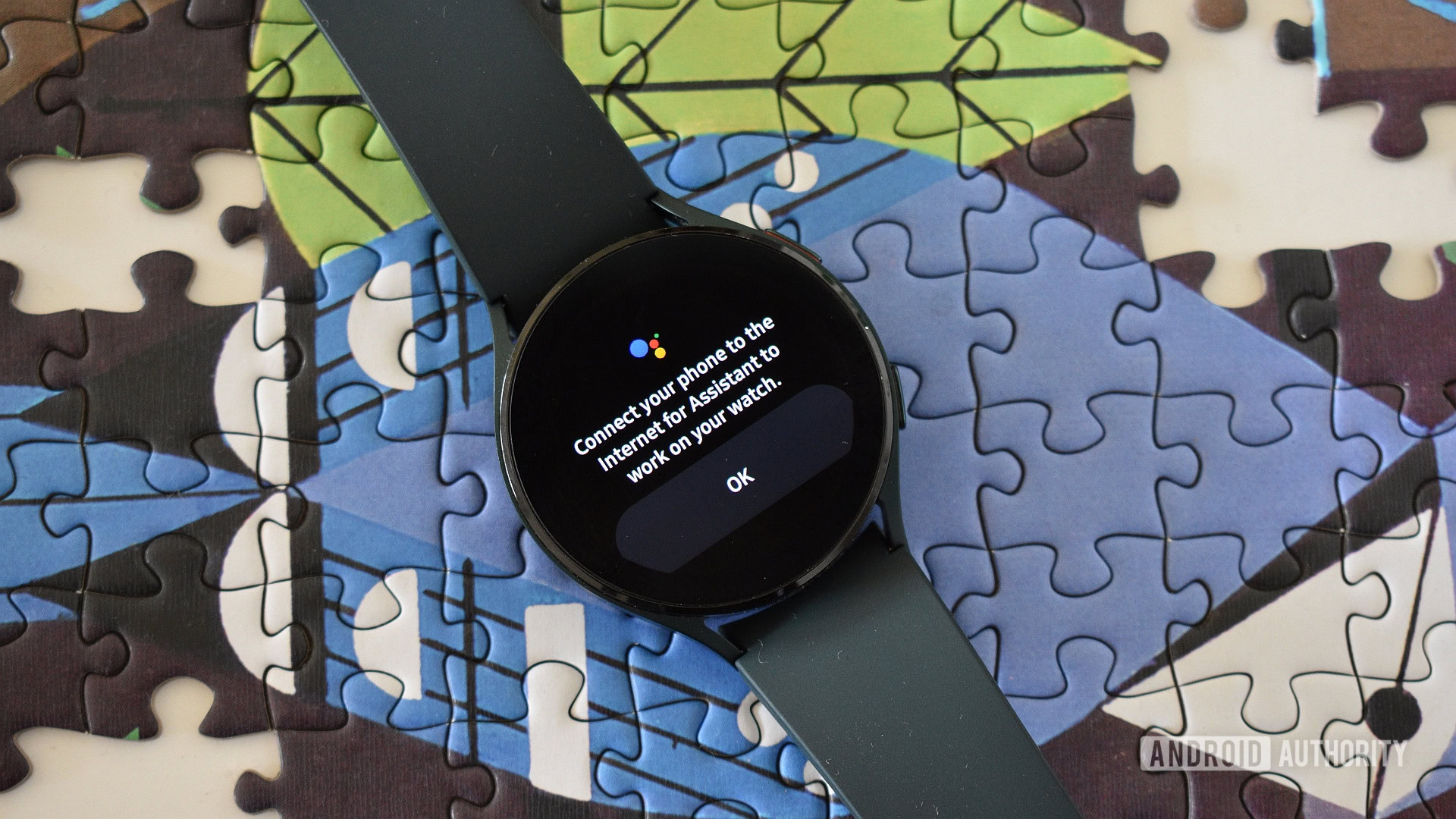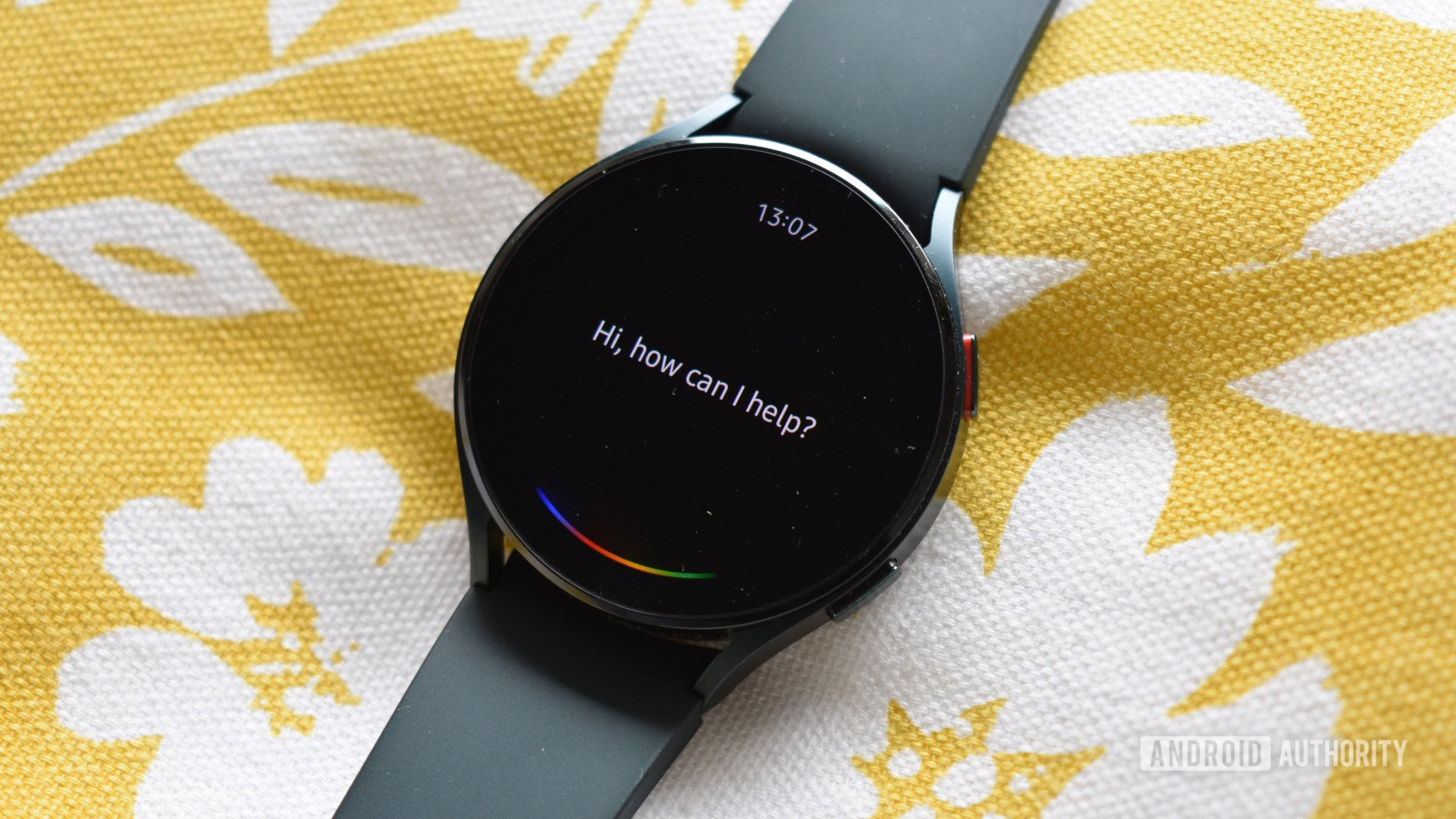Affiliate links on Android Authority may earn us a commission. Learn more.
Hey Google, the Pixel Watch's success hinges on a working Assistant
Published onSeptember 30, 2022

Hardware often makes and breaks the device experience, but flagship components are nothing without smart software. Google knows this better than most, demonstrating this understanding with its Pixel smartphones. But, going by the current state of Wear OS on the Samsung Galaxy Watch 4 and Galaxy Watch 5, Google’s wearable platform has some ways to go before it launches on the Pixel Watch next week.
Sure, while the Samsung-Google partnership spruced up Wear OS’ UI and general performance, some features still require work. One particular gripe is Google Assistant.
Google finally rolled out Assistant to the Galaxy Watch 4 nearly a year after the watch’s launch, but the latest version is far from perfect, let alone adequate. You’d expect a pretty polished product judging by the time Google spent readying this next-generation Assistant for Wear OS 3. However, it dropped with a bevy of problems — from severe battery consumption to sporadic unpairing issues. The experience left plenty to be desired on the current flagship Wear OS watches, and is something Google desperately needs to fix before the Pixel Watch debuts.
Do you use Google Assistant on Wear OS watches?
Is the value-add worth the compromise?

I’m not here to say Google Assistant is entirely useless. In the grand scheme of things, it’s excellent as a party trick to impress your friends with pictures of cats. More seriously, commanding your smart home, checking the weather, pulling up directions, or asking for sports scores are much easier. Assistant also just looks better on newer watches, from the mini-maps displayed when asking for directions, to the larger icons making full use of OLED screens. But in its current state on Wear OS, I wouldn’t miss Assistant if it didn’t exist.
In its current state on Wear OS, I wouldn't miss Assistant if it didn't exist.
In reality, Google Assistant on Wear OS is more a hindrance than a benefit to the smartwatch experience. It’s been proven by users, other reviewers, and our own experiences that it’s a battery hog on the Galaxy Watch line and beyond. This isn’t a problem on the big-battery Galaxy Watch 5 Pro, but it could be detrimental to the Pixel Watch experience. Given the rumors that the Pixel Watch will require a daily charge and may pack just 18 hours of battery life, fixing this issue is not optional, it’s critical.
But fixing battery drain is just one element and doesn’t matter much for the larger Assistant experience. Even if it sipped power from the Pixel Watch, the voice assistant remains inconsistent.
“Sorry, I didn’t understand”

Like the Google Home experience, there’s no clear distinction between which commands do or don’t work on Wear OS 3.
For instance, I have a single Nest Mini speaker in my apartment. When I ask Google to “play music” on it from my wrist, it gladly opens Spotify and plays the last track in the queue. Brilliant. However, if I want to do something rudimentary like open Gmail on my phone from my wrist, Assistant will ask me to install Gmail on the watch first.
There's no clear distinction between which Assistant commands do and don't work on Wear OS.
There are two problems with this. One, the watch is directly tethered to my phone, so opening apps — or carrying the command to Assistant on the phone — shouldn’t be a problem. And two, there’s no Gmail app for Wear OS. Even more confusing is that you can email contacts directly from your wrist via Gmail. Sure, it’s a laborious process, but it’s possible.
So why can Assistant do one thing and not the other?
Oh, but wait, it gets more frustrating. For Wear OS to process any Assistant commands or queries, your smartphone has to be connected to the internet at all times. If you want to set a simple timer or alarm on your watch — which essentially involves changing a setting and shouldn’t require a data connection — you need an active internet connection on your phone. It simply doesn’t make sense that this command can’t change on-device settings in situations where the phone is offline. And hey, even if the watch itself has a Wi-Fi connection, this doesn’t work. Baffling!
For Assistant to process any command, even a local settings change, your phone has to be connected to the internet.
On top of these issues, Assistant is slow to recognize voices and commands even if it recognizes your voice. Perhaps it’s an accent thing? Despite Google’s promise that the next-generation Assistant will offer some speed enhancements, we’ve found that in most cases, it’s no faster than the version you’d find on legacy Wear OS devices.
With rumors of more onboard processing, there’s some hope that Assistant will act more like Bixby, providing faster command transcriptions and answers, and letting users change local settings on the Pixel Watch using voice commands. But in its current state, Assistant is infinitely less useful in the smartphone-smartwatch partnership.
The Pixel Watch needs Assistant to shine

For the Pixel Watch to be a true success, it needs Assistant to pull its weight. What else can the Pixel Watch offer if not a holistic, integrated, context-powered Google experience on the wrist? It likely won’t challenge Fitbit or Garmin devices for fitness tracking, nor will it threaten the Galaxy Watch 5 line for value. Apple Watch users won’t likely sway from their preference. All this is especially relevant if the Pixel Watch’s rumored $350 price tag turns out to be true.
For the Pixel Watch to be a true success, it needs Assistant to pull its weight.
As it stands, there’s nothing you can do on Assistant from your wrist that you can’t do faster yourself on your phone. Google Assistant should be the thread that neatly links the company’s platforms, experiences, and hardware together, but it feels more like an afterthought on Wear OS than ever before.
In a year that has seen Google trash numerous projects, from the Pixelbook to Stadia, it’s paramount that the Pixel Watch succeeds. A smart, working Assistant is key to this and crucial for all future Wear OS smartwatches to come.